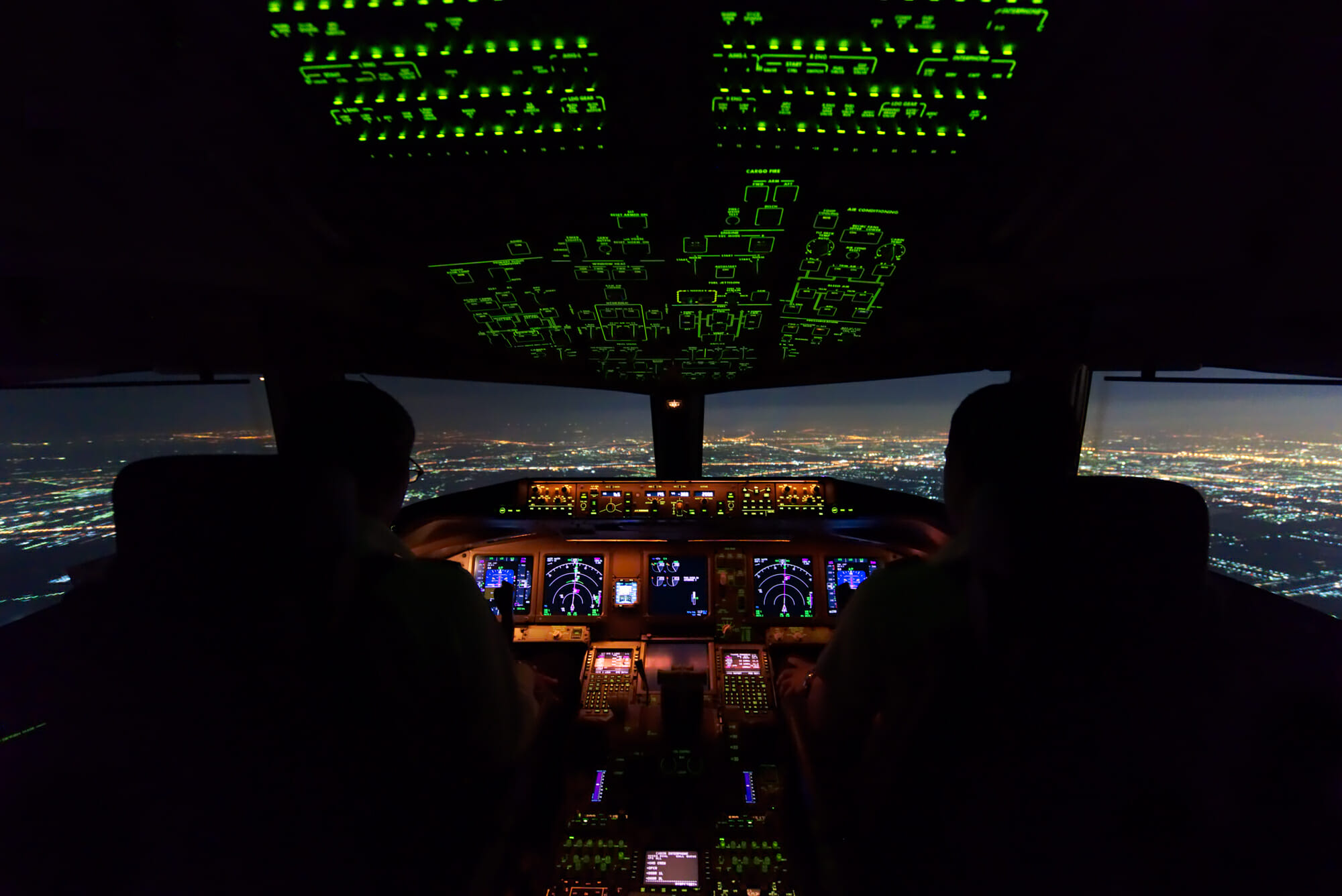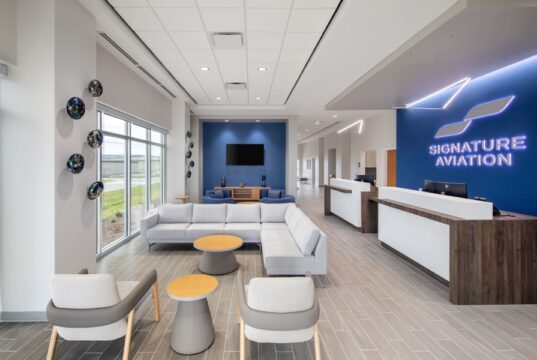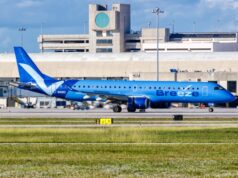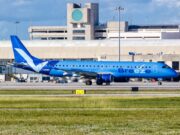Flying at night may be a challenge, especially for a newly certified private pilot. In some European countries, flying at night is even restricted to instrument-rated pilots only. Understanding the limitations of night operations allows pilots to increase their situational awareness and to identify threats to manage them.

In darkness, it takes time for the human eye to adjust to the new environment. Maximum dark adaptation can take up to 30 minutes. As part of the preflight preparation, pilots shall avoid bright light exposure, as it takes significantly less time to impair night vision. Given red light is non-glaring, it is the preferred flashlight color for cockpit operations (except when viewing certain aeronautical charts). With electronic flight bags becoming increasing popular, many charts can be electronically displayed, eliminating the need for a flashlight and minimizing vision impairment. Be sure to adjust the brightness to an acceptable level.
Several illusions are associated exclusively with night operations. Visual illusions are particularly hazardous, as pilots flying under visual flight rules rely solely on exterior visual cues to control the aircraft. The two most common and prominent are autokinesis and false horizons. In order to take the necessary steps to avoid their effects, it is key that pilots understand their causal factors.
Likewise, illusions also affect two of the most critical phases of flight: takeoff and landing. Although the takeoff procedure is no different from daytime, pilots must be aware of the lack of a runway’s visual cues. Hence, the importance of frequently cross-checking flight instruments during the takeoff roll and initial climb-out. During the landing phase, utilizing visual guidance indications such as PAPI or VASI, are particularly useful to control and adjust the glidepath to ensure a stabilized approach. As part of a diligent preflight, consult the airport diagram to familiarize yourself with the airport-specific approach lighting system, runway slope and terrain.
Finally, encountering an emergency at night is a valid concern for many pilots with limited night flying experience. In any event, the most important action is to fly the aircraft and maintain positive control. When considering an emergency landing, consider flying to areas with public access, as it will expedite rescue and emergency services to reach the aircraft. Effectively managing resources becomes particularly important, to include onboard navigation equipment and air traffic control services. Familiarize yourself with the local air traffic control agency frequencies prior to departure and, if their help is needed, be clear about your intentions when stating the nature of the emergency. Identifying an airport at night may also be challenging. Airports’ rotating beacons are one of the most prominent cues for recognition, in conjunction with aid from air traffic control. Never hesitate to declare an emergency and request for radar vectors. Workload will inherently increase as the pilot completes the required abnormal checklists and navigates to the point of intended landing.
Without a doubt, night operations pose additional risks for pilots. Risk assessment of each is imperative for a successful outcome. These range from understanding aeromedical factors pertaining night vision to carrying additional equipment onboard. Awareness of the human susceptibility to illusions will help prevent their occurrence. As always, currency does not equate to proficiency. Prior to attempting night flying, pilots must receive adequate training by a qualified instructor and follow a detailed preflight of all elements pertaining to the flight.






















































































































